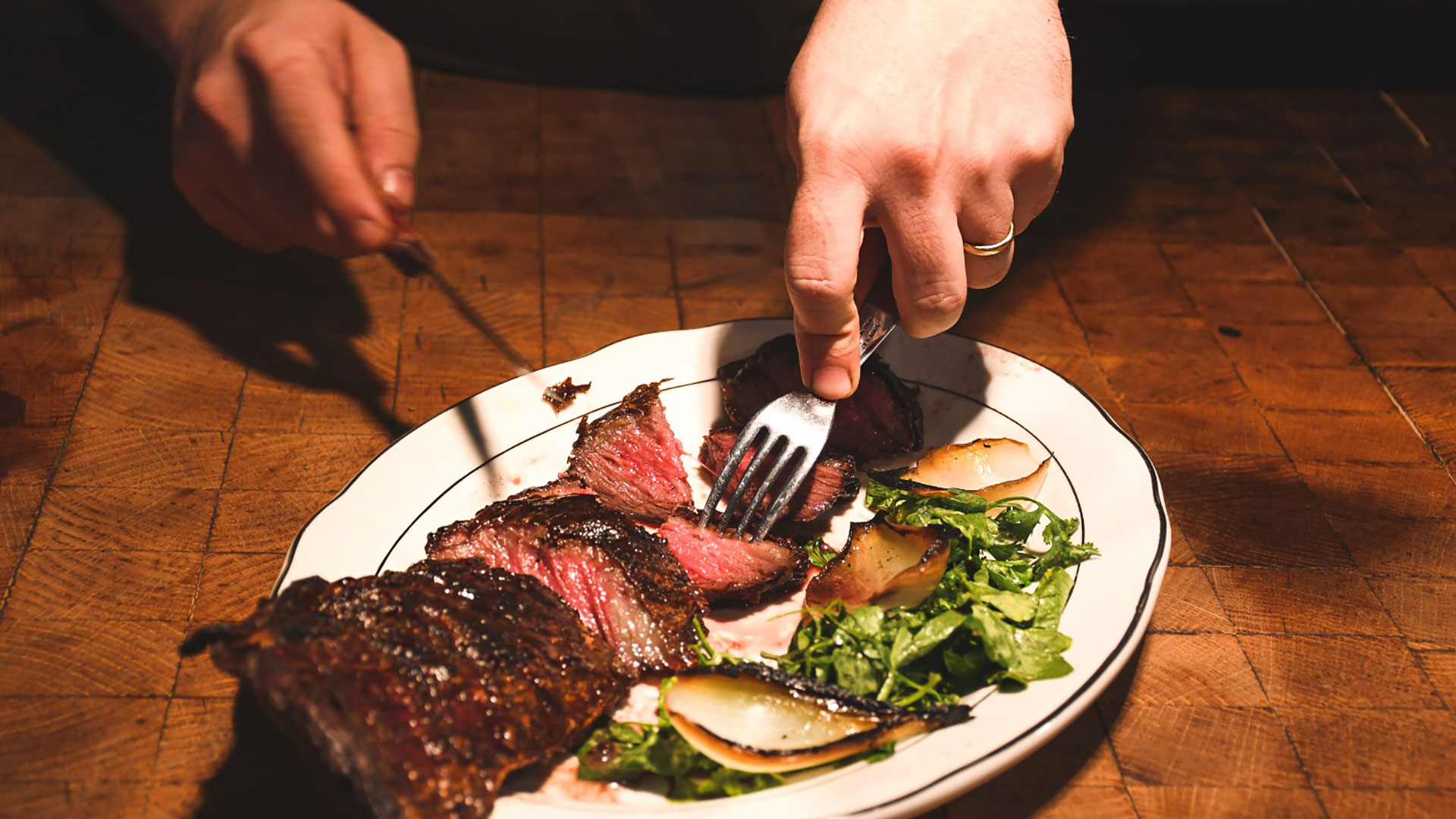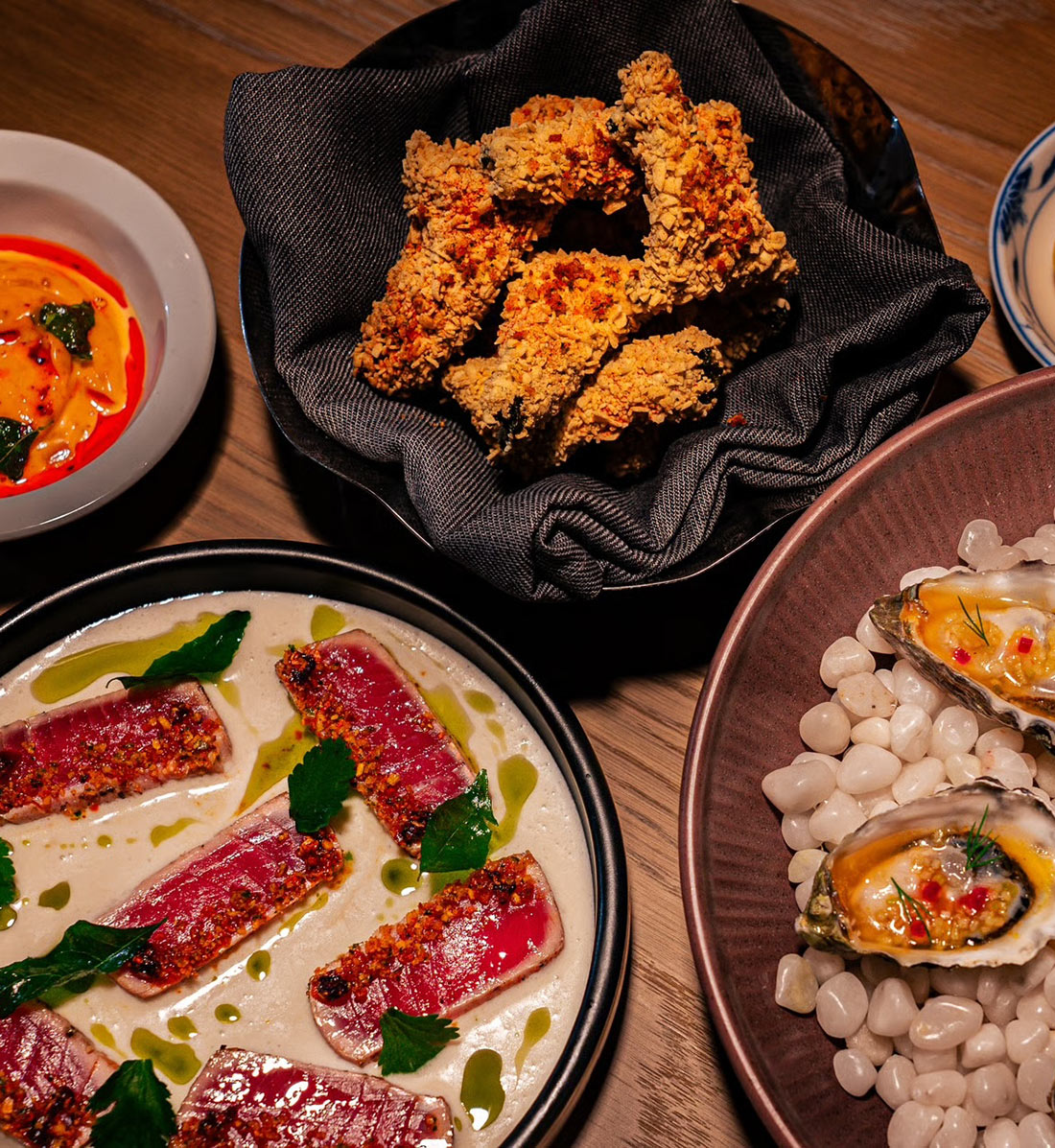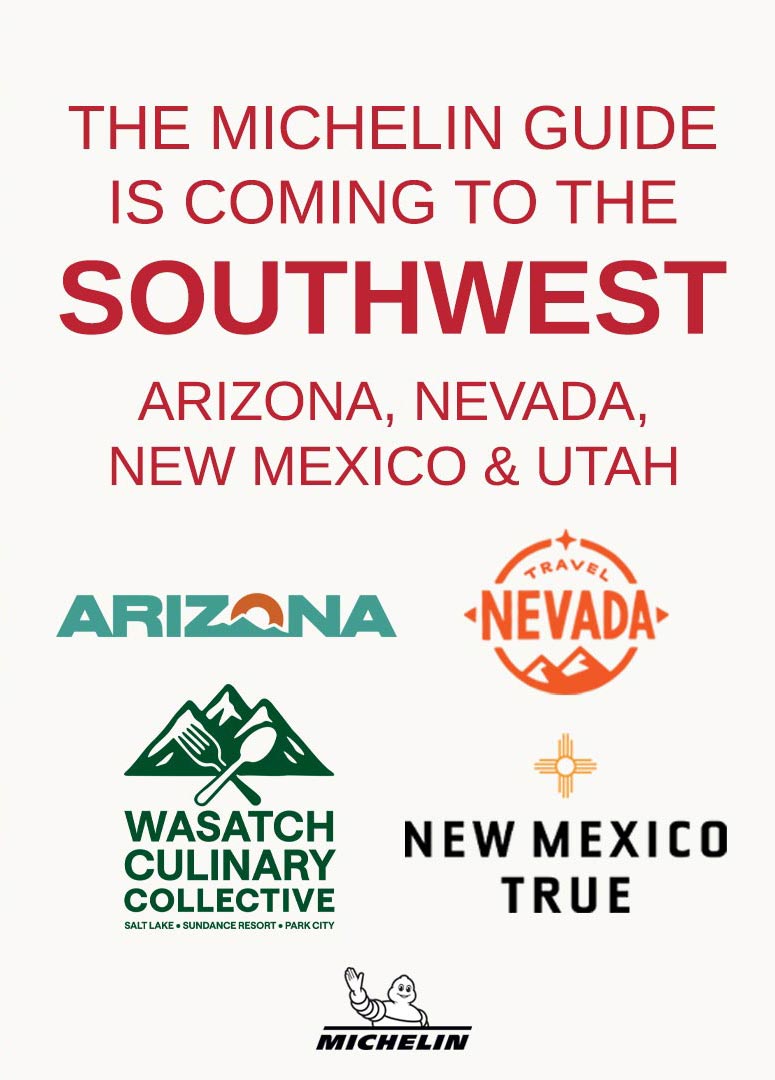In the northeast of Mexico, an arid stretch of borderland home to towering cacti and the country’s industrial hub, grilling out is like church. Once a week – or more for the truly devout – families and friends gather around an open flame for a carne asada, a lolling meal of juicy cuts and cheesy snacks, and a chance to convivir, or coexist.
“It’s part of our essence,” says Hugo Guajardo, the chef at Vernáculo, who grew up grilling on a family ranch outside the city of Monterrey.
Opened in 2022 in the state of Nuevo León, Vernáculo is a rustic-chic carne asada place of worship, where nearly every dish passes over a live fire grill. Guajardo, a student of grilling technique, pays homage to the area’s oldest traditions, working with local producers who raise their cattle free range, which lends a richer marble to his steaks. But inspiration from some of the barbecue capitals of the world makes for a menu that is as forward-thinking as is it is mouthwatering.
In a recent interview, Guajardo talks about his grilling origins, Nordic insight, and the rules for a proper carne asada at home.

Tell us about your first experience with carne asadas and cooking with fire.
My first memories are with my family at my father’s ranch. That’s where I learned to light a fire and cook on a grill. Back then and now, being so close to the border with the U.S., the cuts of meat that you found at the supermarket were from cattle raised and slaughtered in a different way than what had traditionally been done here, when cattle were raised free range and fed on grass. You could say that we were losing a bit of our heritage and identity. And I remember one day when I was a boy, we found a cut of beef that had been raised free range – you can tell because it has a more cream-colored fat, which to me has a lot of flavor – and I remember the first time I tried it thinking, I don’t want to stop eating this.
I didn’t study to become a chef, the taste for cooking came a little late to me. I actually studied international business but started to get really interested in the subject of grilling and the techniques used around the world. And as I began to delve deeper into our gastronomy, I saw how the way we raised our food and grilled, it distinguished us. It evokes memories that are growing more and more distant. And that’s what we want to keep alive and promote at our restaurants by working with producers who are still raising their livestock in that traditional way.
Why are carne asadas so important in this part of the country?
There’s so much more to it than just having a meal. The main thing I think is that we’re always looking for an excuse to gather, to get together as family and friends. We have to get together and grill once a week. Some very dedicated people do it three times a week. It’s part of our essence, our identity, to improve our coexistence.
How do you make a carne asada at home?
It’s really up to the person who’s behind the grill. That’s who’s in charge, who you have to pass a beer to. In the end, you don’t get to have an opinion unless you’re the one grilling. Everyone has their methods, but for me, I like to go step by step, which keeps it interesting. I use a brazier grill, which is very common in Argentina. The thing that takes the longest always goes down first. Maybe I have something hanging that will take a while, like ribs or goat, so we’re talking about three hours.
To say carne asada doesn’t mean it has to be just meat. You should never leave out the meat, but there are always snacks to go along with it. So while we wait, we have to put out a series of small appetizers. Empalmes are a must-have at a carne asada here. Imagine a sandwich but made of corn tortillas filled with beans and cheese and some kind of stew. It’s a dish that comes from a history of conservation. They used to spread the tortillas with pork fat, which acted as a preservative for the stew inside. This is what shepherds used to make when they went to take care of the goats.

You’ve traveled across Mexico and the world studying different ways of grilling. What have you learned and brought back to your restaurants?
I first started learning a lot about smoked meats across the border in Texas. Smoked meats are a whole thing in and of themselves. Since Texas actually used to be part of Nuevo León, there are a lot of similarities in the cooking styles. Later, as I traveled, I would try to seek out restaurants that worked with fire – places in Los Angeles and New York, chefs with backgrounds in the Mediterranean, the Middle East, Argentina. The simple act of eating in a place expands your panorama. And seeing other open fire kitchens was an inspiration for the open kitchen we have at Vernáculo, which has a lot of cool fires going.
There is also a restaurant that I really wanted to visit in the middle of nowhere in Sweden called Faviken. That inspired me in many ways. In Stockholm too there was another chef who works with Nordic cuisine who caught my attention, Niklas Ekstedt. There is a lot of rusticity there, a lot of protein that’s used in a similar way as in our cooking. Same with Spain. They tend to use a lot of free range cattle there as well. So our cuisine brings in several of those aspects and inspirations, those things that we have in common.
Tell us more about the open fire kitchen in Vernáculo.
Almost everything passes over the grills. Our grill was specially designed for us: at the top we have a reel and a grid with hooks where we can hang things to temper and air-dry meats during service time. At night, it has like a clothesline that I use to hang meat. In the past, they use to hang meat to air and dry out in the sun like this, but now that’s not allowed and you have to do it inside.
The main firewood we’ve always used is mesquite, which is the native tree of the region. But we also find diversity in different types of firewood, like ebony, oak, and walnut, which I use more for smoking. The northeast of the country also has a strong winegrowing presence and so we’ve started using a lot of the branches and trunks and dead vines from local vineyards, like Casa Madero, one of the largest wineries in the region. You see this a lot in Spain. I make a mixture of mesquite and the firewood from the dead vines, which are already dry because they haven’t been used. This is another way to give the trees life.
What’s one of the more emblematic grilled dishes at Vernáculo?
I have a cut that comes from the skirt that we call carne zaraza. It’s one of our most emblematic plates. Have you tried cecina? It’s made with a similar process, but the flavor is different. Here, we take the skirt steak, we salt it, and then I hang it on the grill. We salt the meat, we hang it, and we use ventilation, extractors, injections, and fans to air-dry the meat all night.
What happens is the entire rind of the meat dries completely, but inside, we still have the red meat. We leave the membrane on top, like a cut that’s popular in Argentina, entraña, and then we send it to the grill. The entire crust is crispy. It’s not a common texture, but I think people have adapted to it very well. It’s based on something traditional – this technique of drying the meat – but here we’ve used a thicker cut and created a new dish.

Hero image: Liliana Álvarez / Vernáculo





















